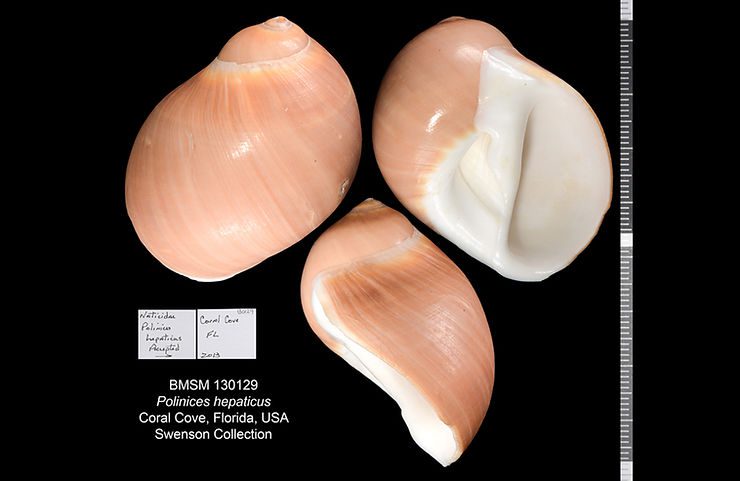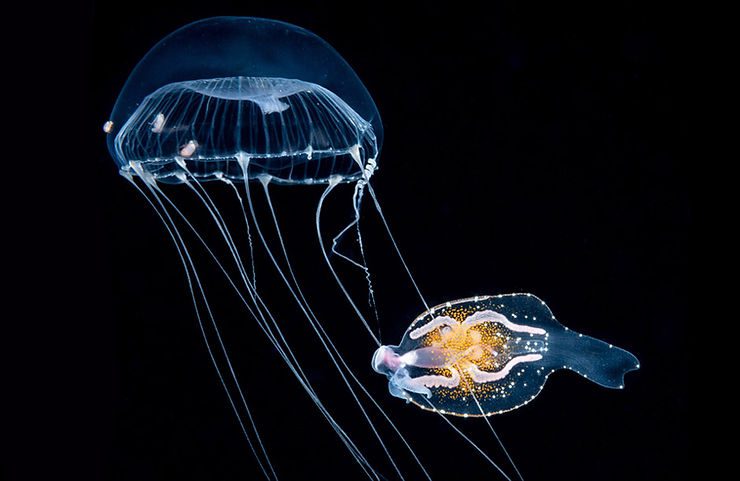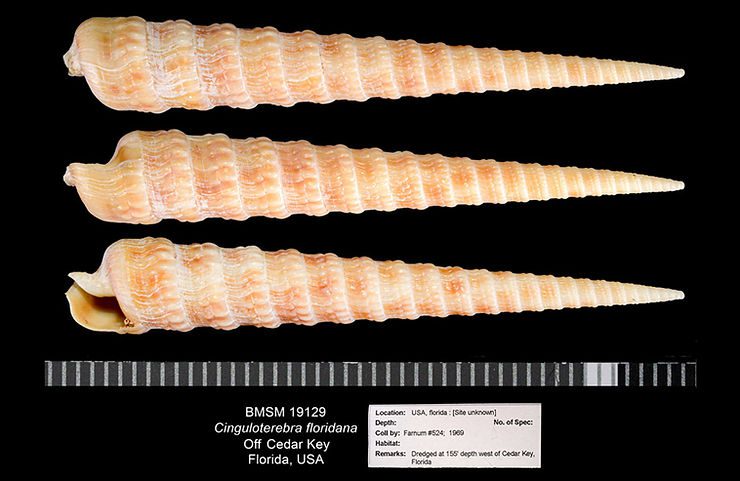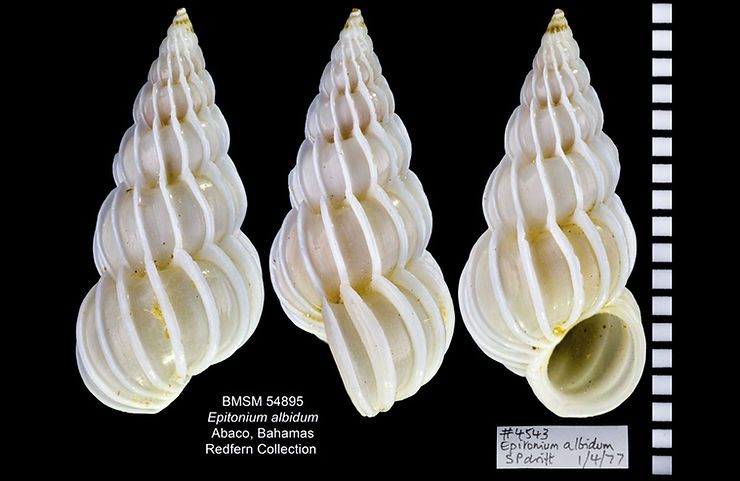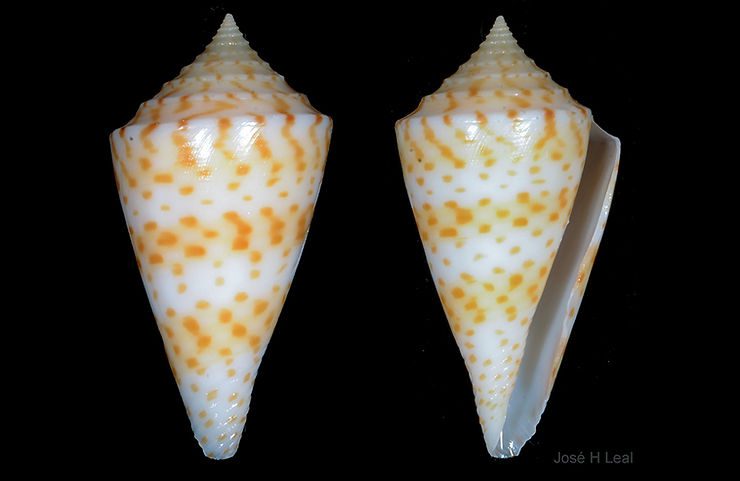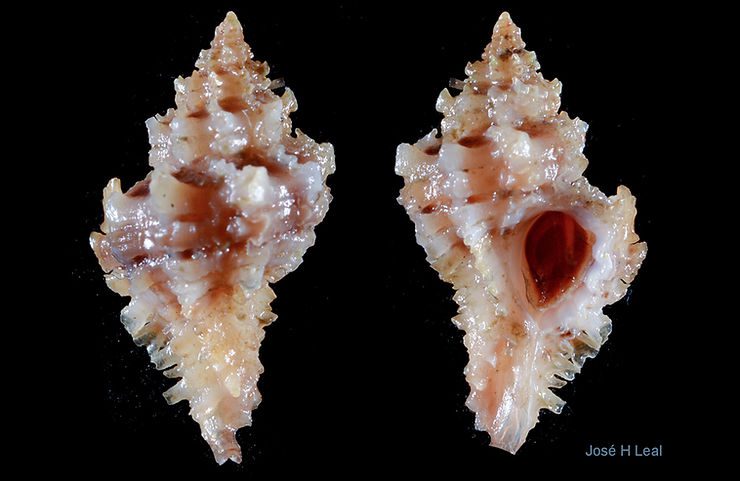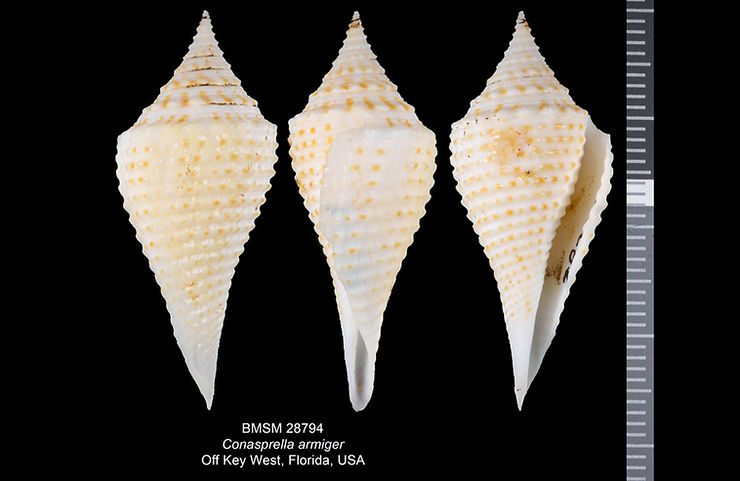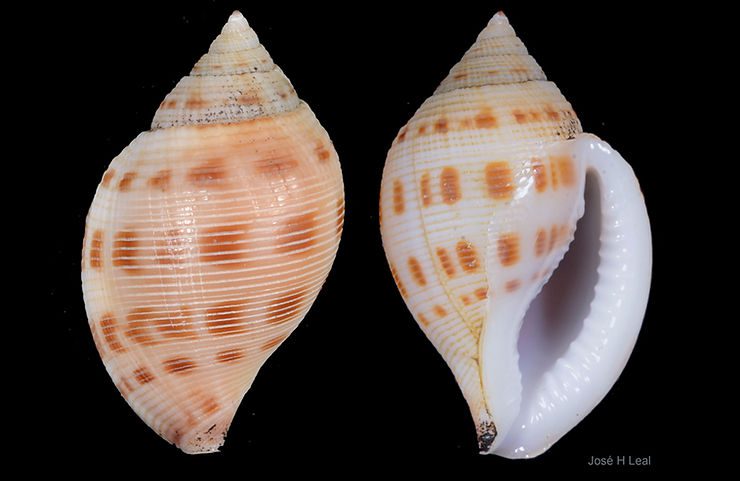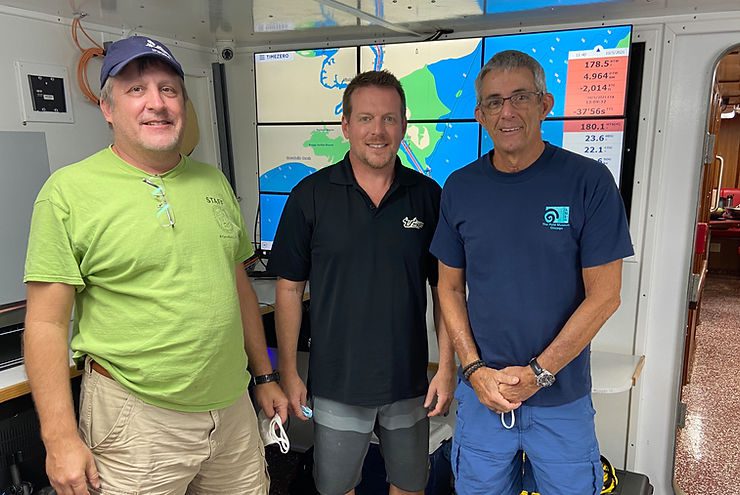
Blackwater Moments
Beginning today, December 10, 2021, the Bailey-Matthews National Shell Museum will be offering a new exhibition titled Blackwater Moments: Nocturnal Photography of Open-Ocean Mollusks. The exhibition will be on view through May 30, 2022 on the second floor of the Museum during regular Museum hours.“In the open ocean at night, many animals move up from deeper water to feed,” said José H. Leal, Ph.D., Bailey-Matthews National Shell Museum Science Director and Curator, who organized the exhibition.
